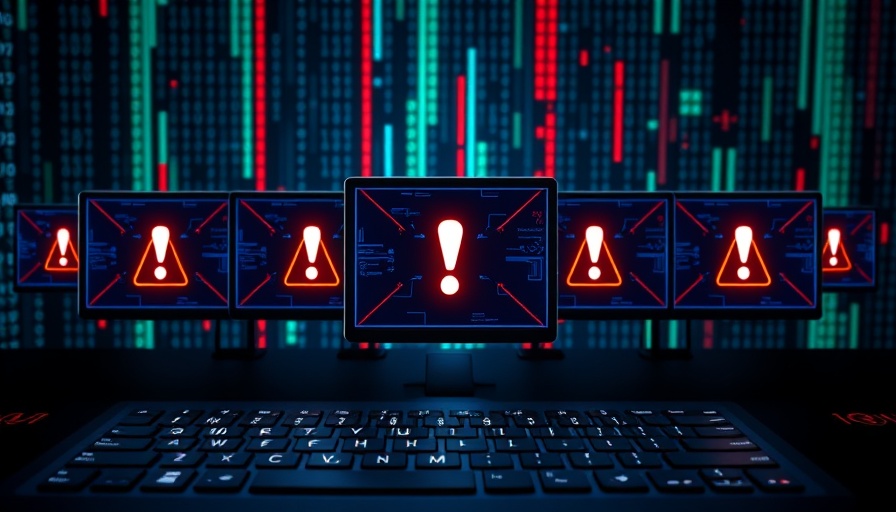
Collaboration Between Notorious Russian Hack Groups
Recent research by the cybersecurity firm ESET reveals a concerning alliance between two of the Kremlin's most prominent hacking factions, Turla and Gamaredon. Both groups have a notorious reputation, with Turla known for its meticulous and stealthy operations against high-value targets and Gamaredon recognized for its indiscriminate, aggressive tactics aimed primarily at organizations in Ukraine.
The Threat Landscape: Advanced Persistent Threats
Advanced Persistent Threats (APTs) like Turla and Gamaredon represent a significant challenge within the cybersecurity landscape. APTs are highly organized and well-funded entities that leverage sophisticated techniques to conduct long-term attacks on their chosen targets. Gamaredon, in contrast, is characterized by its overt operations that hardly disguise its affiliation with the Russian government. The collaboration of these two distinct groups hints at a more substantial threat, synthesizing Turla's covert method with Gamaredon's prolific strategies.
What Does This Collaboration Mean for Cybersecurity?
The implications of Turla's and Gamaredon's joint operations are alarming for Ukraine and the broader cybersecurity community. As they combine forces, the potential for greater sophistication and effectiveness in their malware attacks increases exponentially. By pooling resources and sharing infrastructure, the two groups could pose unprecedented challenges to security technologies, underscoring the need for smarter defenses.
Emerging Cybersecurity Trends: A Look Ahead
With the emergence of these collaborative efforts, we can expect to see a shift in cybersecurity strategies. Innovations like AI for data protection and AI in threat detection may become crucial in counteracting such organized threats. The integration of machine learning in cybersecurity tools will likely advance as companies strive to stay one step ahead of these illicit operations.
How Organizations Can Protect Themselves
Given the evolving landscape of cybersecurity threats, organizations must adopt robust preventive measures. Utilizing AI-powered cybersecurity tools can enhance threat detection capabilities, providing the agility needed to respond to growing risks. AI's applications in digital security—from automated threat analysis to fraud prevention—will be critical in safeguarding sensitive information and infrastructure against advanced attacks.
Conclusion: Staying Informed and Empowered
As the collaboration between Turla and Gamaredon suggests, the landscape of cyber threats is continuously evolving. It is vital for individuals and organizations to remain informed and agile. By leveraging advancements in AI and cybersecurity, we can better defend against the myriad of online threats. Stay updated, safeguard your data, and equip yourself with powerful cybersecurity AI solutions to navigate this dynamic environment.
 Add Row
Add Row  Add
Add 




Write A Comment